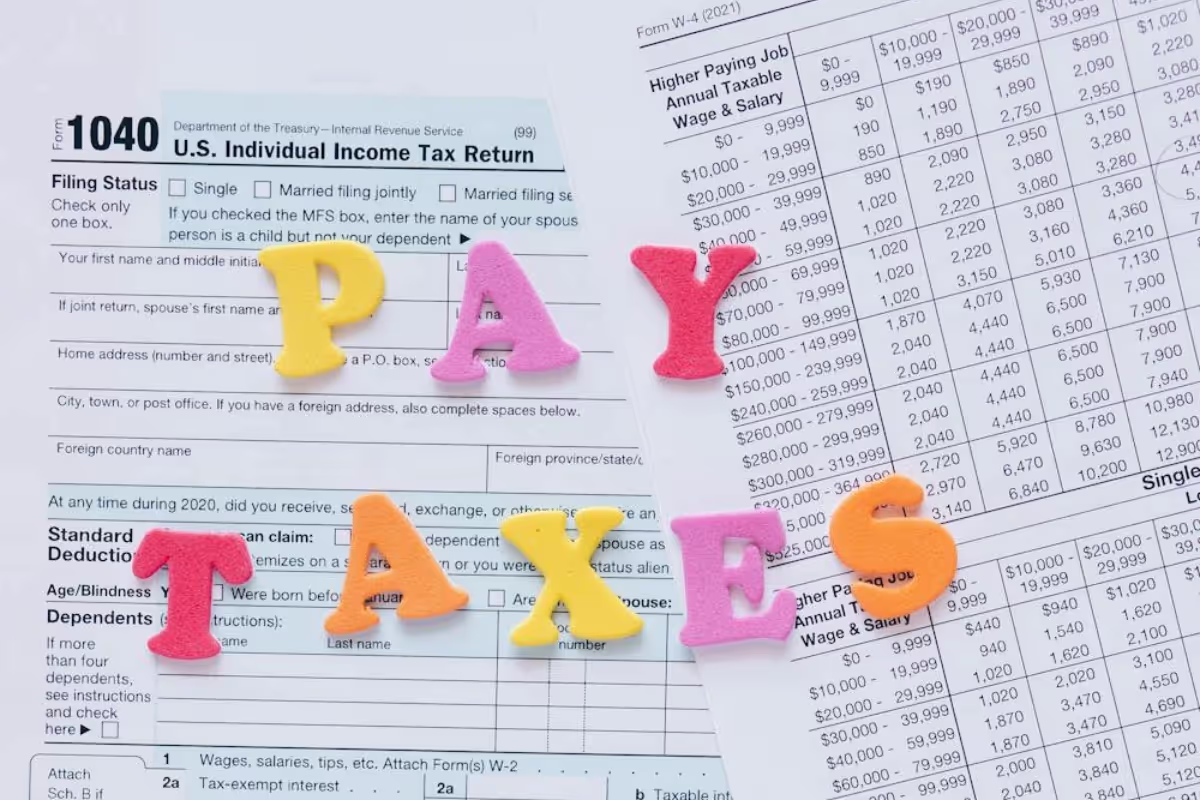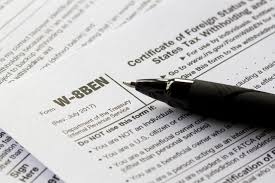The IRS Tax Return Estimated Timeline Chart provides a clear schedule of important tax dates. It helps taxpayers stay on top of deadlines throughout the year. The chart outlines key filing and payment deadlines for tax forms and returns. It is a helpful reference to avoid late fees and ensure timely compliance with IRS requirements. his chart makes it easier to track important tax deadlines and stay compliant.
This blog provides all the details related to the IRS Tax Returns and helps understand when do tax returns come in 2025.
Purpose of the Estimated Timeline Chart
The IRS tax return estimated timeline chart provides essential dates and deadlines for tax filing, payments, and refunds, helping taxpayers stay on track throughout the year. By outlining key events in the tax process, the chart ensures compliance and facilitates better financial planning. For more information to learn all about the timeline chart, click here.
Importance for Tax Filers:
- Timely Filing: Ensures tax returns and payments are filed on time to avoid penalties.
- Efficient Refund Planning: Helps taxpayers anticipate refunds and plan their finances effectively.
- Informed Decision-Making: Provides clarity on estimated tax payment deadlines and other obligations to aid in financial decisions.
Commenda can assist businesses and individuals in staying organized and on track with their tax filing deadlines by providing automated reminders, tax planning tools, and up-to-date information on key IRS dates. Also, read Why Is Sales Tax Important for Businesses?

Electronic Tax Returns
Electronic tax returns provide a faster, more secure, and streamlined way to file your taxes, offering several key advantages. By filing electronically, you can take advantage of faster refunds and fewer errors. Here’s how it can benefit you:
- Direct Deposit Refund Timelines: When you file electronically with direct deposit, the IRS typically processes refunds within 21 days, according to the IRS refund schedule 2025. This is significantly faster than paper filing, where processing times can take several weeks. Direct deposit ensures your refund goes straight into your bank account, reducing wait times for receiving a check.
- Benefits of Electronic Tax Returns:
- Faster Refunds: E-filing with direct deposit typically results in refunds within 21 days, following the IRS refund schedule 2025, which is much quicker than paper filing.
- Reduced Errors: Electronic filing automatically checks for common mistakes, reducing the chances of errors that can delay processing and refunds.
- Enhanced Security: E-filing uses encrypted data protection, ensuring that your sensitive information is securely transmitted to the IRS.
- Immediate Confirmation: Upon submission, you receive immediate confirmation that the IRS has received your return, reducing the worry about lost or missing documents.
- Better Financial Planning: With knowledge of IRS deposit dates 2025, you can plan your finances more accurately and anticipate when to expect your refund.
Paper Filed Tax Returns
Paper-filed tax returns can present several challenges, including longer processing times and potential delays in receiving refunds. Here’s what you need to know:
Expected Refund Timelines for Paper Returns
Paper-filed tax returns generally take longer to process compared to electronic filings. While the 2025 tax refund schedule suggests refunds for electronic filings are issued within 21 days, paper returns can take 6-8 weeks or more to process, depending on IRS workload and volume. This delay makes it harder to predict when do tax returns come 2025, especially if you are waiting for a paper check.
Challenges and Delays Associated with Paper Filing
- Longer Processing Times: Paper returns involve manual processing, which increases the time it takes for the IRS to review and issue refunds. This results in delays in receiving refunds and can cause significant waiting periods beyond the IRS refund date 2025.
- Higher Risk of Errors: Mistakes on paper returns, such as missing signatures or incorrect information, are more likely to occur and can further delay processing.
- No Immediate Confirmation: Unlike electronic filing, paper returns do not provide immediate confirmation of submission, adding uncertainty to when you can expect your refund.
- Slower Refunds: Paper returns can take longer to reach IRS departments and are subject to more backlogs, leading to delayed refunds when compared to electronic filings, making it harder to estimate when do tax returns come 2025.
After understanding the differences between electronic and paper-filed returns, it’s important to also consider the refund delivery methods, as they play a crucial role in how quickly you receive your tax refund and give a clear picture of when do tax returns come 2025.
Comparative Analysis of the Refund Delivery Methods
Refund delivery methods play a crucial role in how quickly you receive your tax refund. Choosing the appropriate delivery method can help you plan your finances more effectively, depending on how soon you need access to your funds.
The following table highlights the comparative analysis of both the delivery methods, so that you know you have a clear understanding of when do tax returns come in 2025.
| Method | Timeline | Advantages |
|---|---|---|
| Direct Deposit Refunds | Refunds are processed within 21 days for accurately filed returns, and funds are directly transferred to your bank account. | Fastest, reliable, and secure. No risk of delays or lost mail. The preferred method for quick refunds. |
| Mailed Check Refunds | Refunds take 6–8 weeks or more due to processing and postal service delays. | Suitable for those without bank accounts or who prefer paper checks, but slower and risky due to delays, lost checks, or theft. |
Commenda offers tools that streamline the tax filing process, including direct deposit options for faster refunds. By integrating with tax software, Commenda ensures that your tax returns are filed accurately, reducing the chances of delays or issues with mailed check refunds. Read more about tax filing here.
Once you understand the various refund delivery methods, it becomes easier to assess how they can impact your financial planning and budgeting, providing a clearer picture of when do tax returns come 2025 and how to expect your funds.
Usefulness for Planning and Budgeting:
The 2025 tax refund schedule provides a clear timeline for when taxpayers can expect to receive their refunds, which plays a vital role in effective financial planning. By knowing the estimated refund dates, individuals and businesses can make informed decisions about how to allocate their funds. For example, taxpayers can plan to use their refunds for specific financial goals such as paying off outstanding debts, investing in savings, or covering upcoming expenses.
Having a set date helps with cash flow management, ensuring that funds are available when needed for important financial commitments. This is especially helpful for those who rely on their tax refund as a major source of income or to balance their budget. Furthermore, understanding the expected timeline allows for better alignment with other financial activities, such as scheduling payments for bills or making investments.
Additionally, knowing the expected refund timeline helps taxpayers stay proactive. If they’re wondering, when do tax returns come in 2025, understanding the usual processing time (usually within 21 days for e-filed returns), they can monitor the status of their refund, contact the IRS, or take necessary steps to resolve any issues.
Being aware of delays and their potential causes ensures that taxpayers are not caught off guard and can adjust their plans accordingly.
With a solid understanding of how your refund impacts planning and budgeting, you can now make the most of the IRS tools and resources available to help track, manage, and optimize your tax filing process.
IRS Tools and Resources
IRS Tools and Resources provide taxpayers with the necessary tools to track their refunds, access important forms, and get support when needed. Here’s how these resources can help you navigate the tax process:
Using the ‘Where’s My Refund?’ Tool:
The ‘Where’s My Refund?’ tool is an essential resource for taxpayers to track the status of their refund after filing. It allows individuals to check if the IRS has received their return, if it has been approved, and when the refund is scheduled to be sent or deposited. This tool provides real-time updates, which can be particularly helpful if there are any delays in processing and if you are wondering when do tax returns come in 2025.
Taxpayers can access the tool on the IRS website or via the IRS2Go mobile app. Typically, the tool is updated once a day, usually overnight, so it’s a reliable way to stay informed about the status of your refund. If any issues arise, the tool can also direct taxpayers to relevant next steps. This ensures they are fully aware of their refund timeline and can take action if necessary.
Accessing Resources and Support on the IRS Website:
The IRS website is a comprehensive hub of information and resources designed to assist taxpayers at every stage of the tax filing process. It offers detailed guides for tax preparation, including step-by-step instructions for filing different forms, understanding tax credits, and claiming deductions. It also provides access to downloadable forms, worksheets, and publications for a range of tax-related topics.
Additionally, the IRS Interactive Tax Assistant (ITA) is a valuable tool that can help answer specific tax questions by providing tailored guidance based on individual circumstances. For taxpayers facing more complex issues, the website offers contact details for customer support, allowing them to reach out to the IRS for help. This includes phone numbers for general inquiries, as well as assistance for those who may have received IRS notices or need help with their accounts.
For businesses and self-employed individuals, who are wondering when do tax returns come in 2025, the site also features resources specifically catered to their unique needs, ensuring that all taxpayers have the information they need to file accurately and stay compliant.
Commenda offers integrated solutions that simplify tax filing and tracking by providing direct access to IRS tools like ‘Where’s My Refund?’. Also read Sales Tax Remittance: Guide for Businesses & Common Pitfalls.
Conclusion
The IRS tax return process in 2025 involves several important steps that vary depending on the method of filing, the complexity of the return, and other factors. Understanding the estimated timeline for processing can help taxpayers prepare, avoid delays, and get a clear understanding of when do tax returns come in 2025. Being aware of key dates and requirements can also help prevent missed deadlines and reduce the risk of penalties.
For those who need further assistance in managing the complexities of tax preparation and filing, Commenda offers solutions to streamline the tax return process.
Let Commenda handle your tax return process, so you can focus on what matters most—your business. Schedule a free demo today to simplify your tax filing process!













